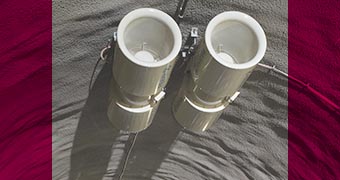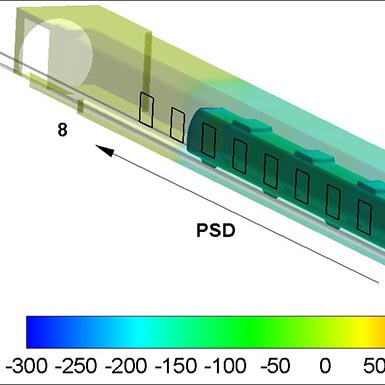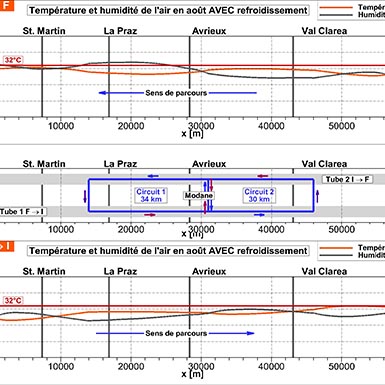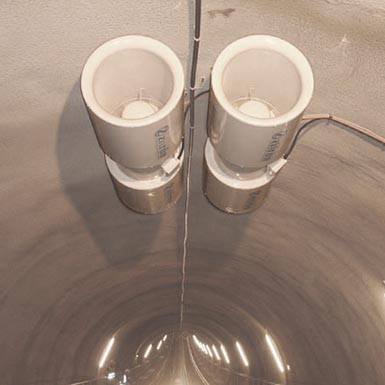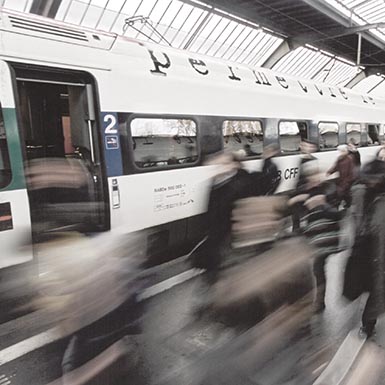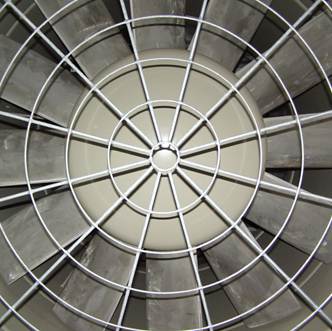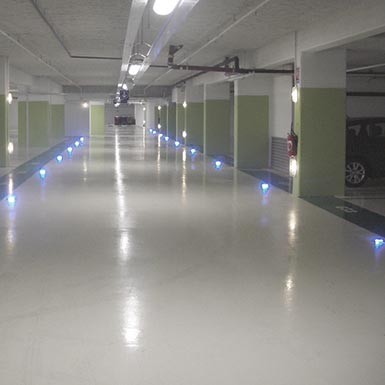FLOWS
Die wachsende Mobilität von Personen und Gütern, die gestiegene Transportgeschwindigkeit, der Bau von längeren und zahlreicheren Tunnelabschnitten, die erhöhte Sensibilität in Bezug auf Sicherheit und Auswirkungen auf die Umwelt – all das sind wichtige Faktoren, welche Hersteller und Betreiber veranlassen, den Komfort und die Leistung ihrer Systeme sowie die Sicherheit von Personen und Infrastrukturen kontinuierlich zu verbessern.
Eine entscheidende Rolle in diesem Kontext, insbesondere in der geschlossenen Umgebung eines Tunnels, spielen aerodynamische und thermische Phänomene, Ausbreitung von Rauch bei Feuer, Lüftung, Evakuierung von Personen, Rettungsmassnahmen, Schutz von Personen und Infrastrukturen; all diese Faktoren sind vor der Planung neuer Transportsysteme und unterirdischer Bauwerke sowie bei der Modernisierung vorhandener Infrastrukturen zu berücksichtigen.
Dank ihrer weitreichenden Erfahrung und Kompetenz sind unsere Spezialisten in der Lage, all diese Anforderungen tagtäglich umzusetzen. Sie führen Studien und Projekte zu Aerodynamik, Thermik und Lüftung durch sowie zu Evakuierung und Personenströmen. Hierzu stützen sie sich auf theoretische Berechnungen, experimentelle Massnahmen und Computersimulationen mittels erprobter Software
- Fluent, StarCCM, FDS, NSMB: 3D-Aerodynamik-Problemlöser für Brand-studien und nicht-stationäre Strömungen in komplexen Geometrien;
- SimWalk: Software für die Passagiersimulation und Stationsoptimierung;
oder mit eigener Software, die von unseren Ingenieuren zu diesem Zweck entwickelt und validiert wurde:
- TNT: 1D Solver für die Berechnung von Strömung, Ausbreitung von Rauchgasen und Evakuierung von Personen in Tunnelsystemen;
- TunClim: thermodynamischer Solver 2x1D, für die Berechnung langfristiger Temperaturentwicklung in tiefen Tunnelsystemen.
Tätigkeitsbereiche
- Tunnels
- Bahnhöfe und Stationen
- Unterirdische Infrastrukturen
- Parkhäuser und Depots
- Gebäude
- Geschlossene Räume
- Fahrzeuge
Arbeitsbereiche
- Lüftung und Entrauchung
- Brandschutz
- Aerodynamik und Druckwelle
- Thermik
- Computersimulationen
- Geschlossene Räume
- HLKS
- Personenströme
- Sicherheits- und Evakuierungskonzepte, Rettungsmassnahmen
Referenzen
Software
Self-developed software
GESTE Engineering has developed its own software in order to get suitable tools to its activities and to the needs of its clients.
These are the following:
This 1D aerodynamic solver can measure:
- The compressible unsteady flow generated by the movement of vehicles in railway or road tunnels with a complex geometry,
- The propagation of smokes in case of a fire in a tunnel, taking into account the ventilation and the movement of vehicles.
It also allows numerical simulations of the evacuation of people.
TunClim is a 2x1D thermodynamic solver, which measures among others the long-term evolution of air and rock temperature in networks of deep tunnels.
This software includes parameters such as airflows, air humidity, heat sources and heat sinks, heating and cooling systems.
In the frame of a research project sponsored by the Swiss Commission for Technology and Innovation (CTI), the Federal Institute of Technology, Lausanne (EPFL) and GESTE have been working together to develop this software.
The dynamic coupling of 3D (NSMB) and 1D (TNT) aerodynamic solvers underlying the concept of this software enables to realize fire simulations in long tunnels.
NSMB-TNT also enables to measure aerodynamic fields in tunnel through the coupling of a 3D simulation of the close airflows with a 1D simulation of the distant airflows.
Other internally used applications
For its daily activities, GESTE also uses commercial and open-source software.
For complex, unsteady and compressible fluidodynamics, the following 3D numerical solvers are used:
• FDS
• Fluent
• StarCCM
With them, GESTE performs numerical simulations of complex and turbulent flows and results analyses.
Last but not least, for the simulation of pedestrian flows, GESTE uses the software SimWalk.
This software offers several advantages:
- integration of parameters such as schedules,
- Microsimulation Modelling (modelling of each pedestrian with its own goals and behavior).
This level of modelling, which is very flexible, enables to obtain a realistic simulation of environments, even complex, under various conditions, from daily situations to panic situations.
Typical uses of Simwalk for GESTE:
- Proof of efficiency of the emergency exits in railway stations, airports and other complex buildings,
- Urban planning,
- Traffic engineering,
- Support to the architectural conception of infrastructures and public areas, proof of architectural concepts,
- Pedestrian simulations in architecture.

Aerodynamik und Druckwelle
Les études aérodynamiques consistent à analyser, par la voie numériques, les champs de pression et vitesse générés par le mouvement de véhicules, particulièrement dans des environnements confinés tels que tunnels et stations souterraines. L'enjeu est le confort et la sécurité des personnes ainsi que la sécurité des équipements et de l'infrastructure. Ces études peuvent être réalisées tant en phase d'avant-projet, dans le but de déterminer les hypothèses de travail et les critères de dimensionnement, qu'en phase de projet/exécution dans le but de vérifier le respect des critères définis. GESTE Engineering a effectué plusieurs études avec une approche monodimensionnelle (1D) et tridimensionnelle (3D).
Pour les approches monodimensionnelles, GESTE a développé des logiciels ad hoc (TNT, Tunnel Nets and Trains); pour les études 3D elle s'appuie sur des logiciels commerciaux (Ansys Fluent) ou open source (FDS).
Les études aérodynamiques réalisées par GESTE peuvent porter par exemple sur l'analyse du confort tympanique lors de passage de trains à grand vitesse en tunnel, le calcul des charges de pressions sur les portes palières des stations de métros, le dimensionnement des puits anti-pistonnement dans les tunnels des lignes de métros, etc.
Nos autres métiers
Nos références

